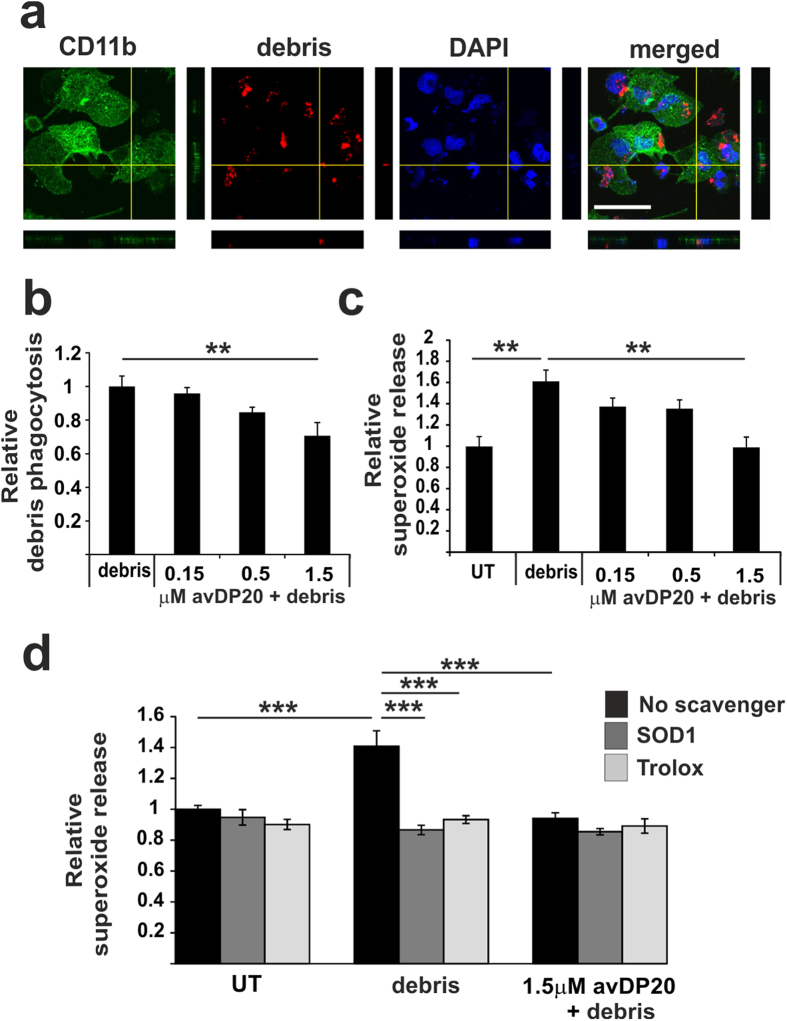Figure 5. PolySia avDP20 reduced macrophage phagocytosis of neural debris and prevented the associated oxidative burst.
(a) Phagocytosis of neural debris by human macrophages. Neural debris was labelled with a red fluorescent dye and added for 1.5 hour to macrophages. Cells were fixed and counter labelled with an antibody directed against CD11b. Confocal 3D-reconstruction of a macrophage cell that has ingested neural debris is shown. Nuclei are labelled by DAPI. Scale bar: 50 μm. (b) Quantification of the uptake of neural debris into macrophages. Cells were treated by polySia avDP20. PolySia avDP20 reduced the uptake of neural debris at a concentration of 1.5 μM. Data are presented as mean +/− SEM of n = 6 independent experiments. **p < 0.01; ANOVA followed by Bonferroni. (c) Release of superoxide as detected by DHE. Human macrophages both challenged with neural debris and pre-treated with different concentrations of polySia avDP20. Superoxide release triggered by neural debris was inhibited by 1.5 μM of polySia avDP20. Data are presented as mean +/− SEM of n = 3 independent experiments. **p < 0.01; ANOVA followed by Bonferroni. (d) Scavenging of the superoxide release by superoxide dismutase SOD1 and Trolox. Human macrophages were challenged with debris and superoxide release was determined by DHE. The release of superoxide was scavenged by addition of SOD1 or Trolox. The radical scavenger Trolox and the SOD1 confirmed that DHE detected extracellular production of superoxide. Data are presented as mean +/− SEM of n = 4 independent experiments. ***p < 0.001; ANOVA followed by Bonferroni.

